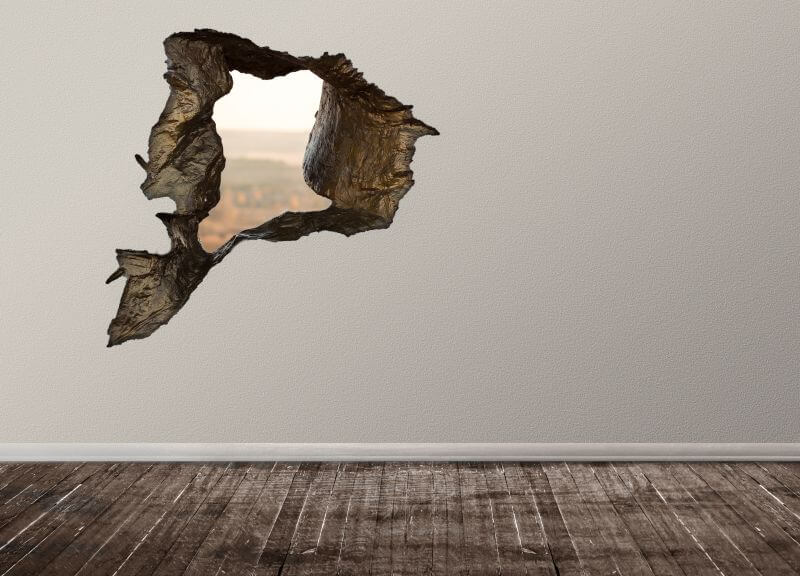Flanking is a term used in the acoustic industry by engineers to describe how sound transmits between spaces indirectly going over or around rather than directly through the main separating element. Flanking prohibits sound isolation to be possibly causing this to be a difficulty for multi-family housing or even decreasing privacy for single-family homes. To simplify flanking the empty space caused by a hole in between a wall and a floor allows for airborne as well as structure-borne noise to travel from room to room which is not necessarily a positive outcome when trying to achieve privacy and tranquility.
Improve Wall STC by Reducing Flanking
The causes can be lightweight construction methods, incorrect installation, and separations where the floor meets the walls. This restricts walls from complying with one of their main roles which are to retain sound in space. Flanking can be more common on modern structures since this is where lightweight construction is seen constantly in combination with incorrect detailing.
Now focusing on the solutions of flanking it is better to prevent the problem in the process of construction by detailing but also seeking professional acoustic help to be informed about the noise control techniques. By consulting before the dwelling design is yet to be finished the problem of flanking is being avoided and acoustics test fail won’t be an issue.
Top ways to improve STCs in your walls by reducing flanking:
- Use acoustic sealant liberally to ensure no cracks or holes exist in your wall
- Review the wall for cracks or openings prior to applying final finishes
- Use putty pads behind electrical boxes
- Use resilient clips and hat channels when needed for resilient mountings. This reduces the chances of poor performance due to resilient channel installation complexity. Also, consider soundproofing membranes or other more straight-forward applications.
- Avoid doors with louvers, shared duct returns, and other mechanical short-circuits.
- Always extend partitions to the deck above.
If the wall is sufficiently sealed, then the best option may be to add sound membranes to the wall to improve the STC rating.

